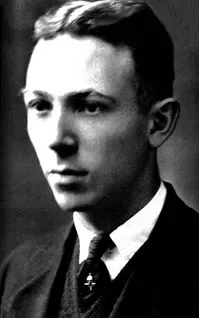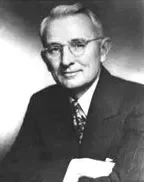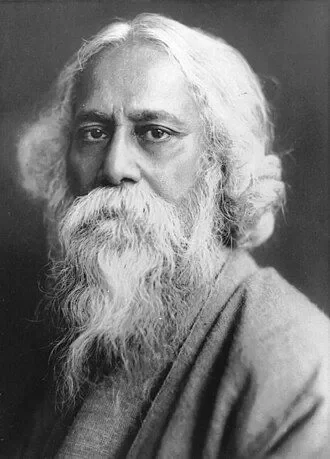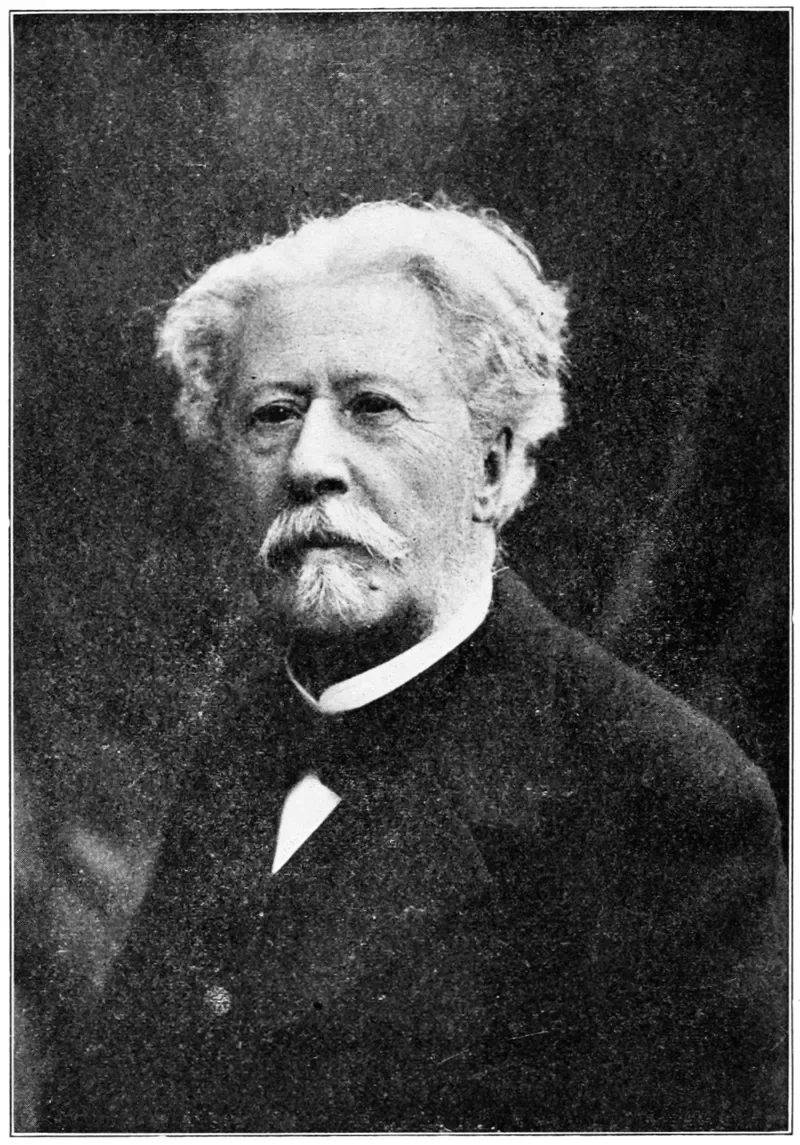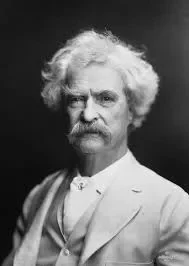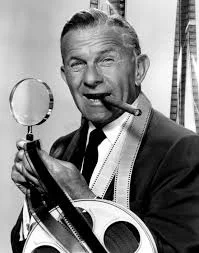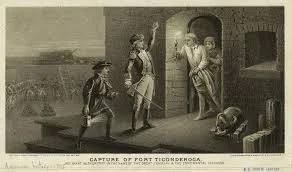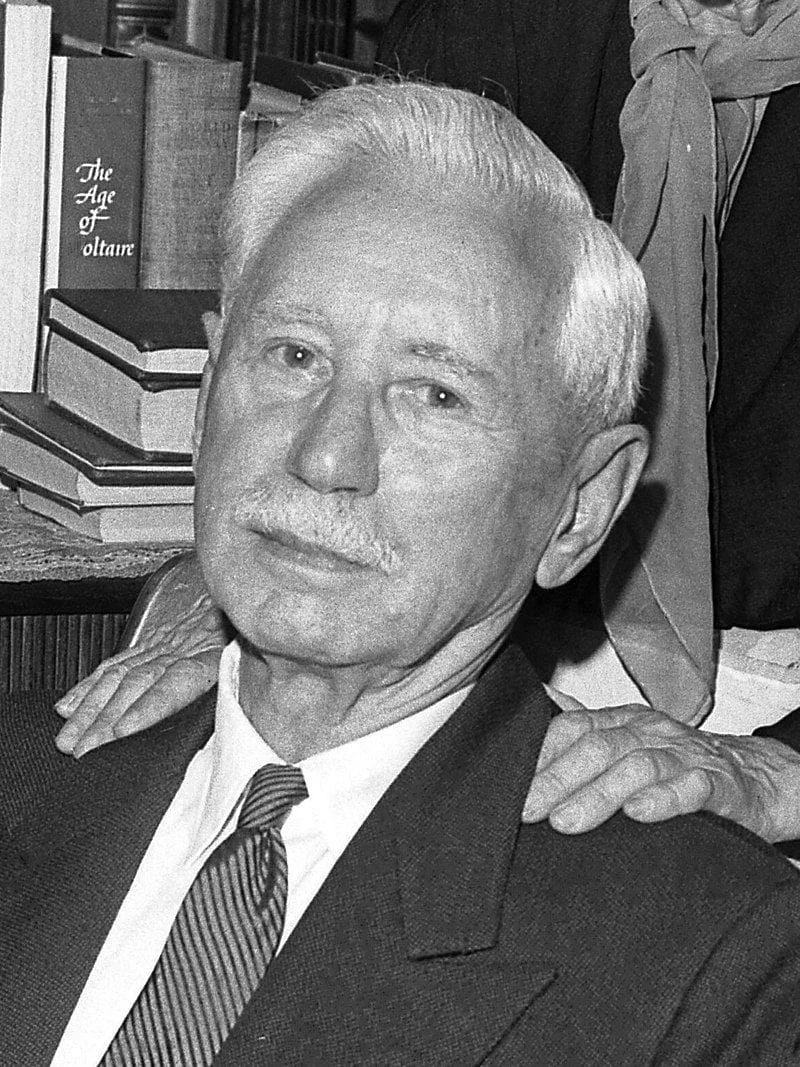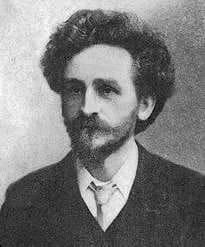Real Celebrities Never Die!
OR
Search For Past Celebrities Whose Birthday You Share

source:wikimedia.org
Henry Schoolcraft
Birthday:
28 Mar, 1793
Date of Death:
10 Dec, 1864
Cause of death:
Croup
Nationality:
American
Famous As:
Ethnologist
Age at the time of death:
71
Early Life and Pursuit of Discovery
Henry Rowe Schoolcraft, also known as Henry Schoolcraft, was a curious and adventurous man born in 1793. Schoolcraft’s life embodied the spirit of discovery, from his glass business to the Mississippi River expedition.
Career Shift and Exploration
While he initially pursued the family business, Schoolcraft soon recognized his true calling. He dedicated himself to the study of geology, published papers on the topic, and bravely explored the untamed Missouri territory. Mapping the upper Mississippi and Lake Superior ignited Schoolcraft’s fascination with Native American cultures. His life and career were influenced by the various traditions, stories, and beliefs he came across.
Marriage to Jane Johnston and Native American Advocacy
In 1822, Henry Schoolcraft became an Indian agent in Michigan and married Jane Johnston, who was of Ojibwe and Scottish heritage. Jane served as his wife, guide, and teacher, immersing him in her people’s language, customs, and oral traditions. Schoolcraft achieved fluency in the Ojibwe language under her guidance and started recording the cultural history of the Native American tribes he met.
Discovery of the Mississippi River’s Source
In 1832, Schoolcraft embarked on a daring adventure to find the source of the Mississippi River. Despite dangerous conditions, Schoolcraft and his team made it to Lake Itasca, Minnesota. Schoolcraft’s declaration of Lake Itasca as the Mississippi’s source solidified his reputation as a remarkable geographer and explorer.
Advocacy for Native American Rights
Schoolcraft made contributions beyond exploration. Throughout his career, he tirelessly advocated for Native American rights. He negotiated treaties, fought for fair land deals, and advocated for an “Indian State” to preserve their way of life. His views were a mix of assimilation and preservation, often contradictory.
Henry Schoolcraft's Quote's
Writing and Documentation of Native American Culture
Schoolcraft was an active writer and scholar in addition to his advocacy work. His reports on Native American tribes, published in a six-volume work commissioned by Congress, provided valuable insights into their cultures and histories. Later scholars criticized the romanticized and stereotypical portrayals in these accounts.
Legacy and Cultural Contributions
Despite the criticisms, Schoolcraft’s greatest legacy is his work to safeguard and pass on Native American stories and traditions. He compiled and published Ojibwe legends, including “The Song of Hiawatha,” which fascinated readers nationwide. Longfellow’s adaptation of “The Song of Hiawatha” caused controversy with its romanticized depiction of Native American life.
Schoolcraft’s life was filled with exploration, advocacy, and scholarship. His contributions to geography, anthropology, and Native American cultures are significant despite the limitations of his perspective.
Name:
Henry Schoolcraft
Popular Name:
Henry Schoolcraft
Gender:
Male
Cause of Death:
Croup
Spouse:
Place of Birth:
Guilderland, New York, U.S.
Place of Death:
Washington, D.C., U.S.
Occupation / Profession:
Personality Type
Adventurer: Flexible and charming artists, always ready to explore and experience something new. He was an explorer, always seeking new experiences.
He pinpointed the source of the Mississippi River in Lake Itasca, Minnesota, in 1832, solidifying his reputation as a geographer and adventurer.
His collections of Ojibwe legends influenced Henry Wadsworth Longfellow's famous poem "The Song of Hiawatha," highlighting both the beauty and potential pitfalls of romanticized portrayals.
He documented their cultures and stories, advocated for fair land deals, and even proposed a separate "Indian State" to protect their way of life, showcasing both genuine concern and complex views on assimilation.
Published “The Souvenir of the Lakes,” the first literary magazine in Michigan.
Pioneering explorer and geographer: Led expeditions to explore the Ozarks region and the source of the Mississippi River, providing the first detailed descriptions of these areas.
Founded and contributed to important publications: Established “The Journal of Education,” the first United States journal dedicated to public education.
Early advocate for Native American studies: Conducted extensive research and published numerous works on Native American history, culture, and languages.
Compiled the monumental six-volume work, “Historical and Statistical Information Respecting the History, Condition, and Prospects of the Indian Tribes of the United States,” which served as a valuable resource for understanding Native American life at the time.
